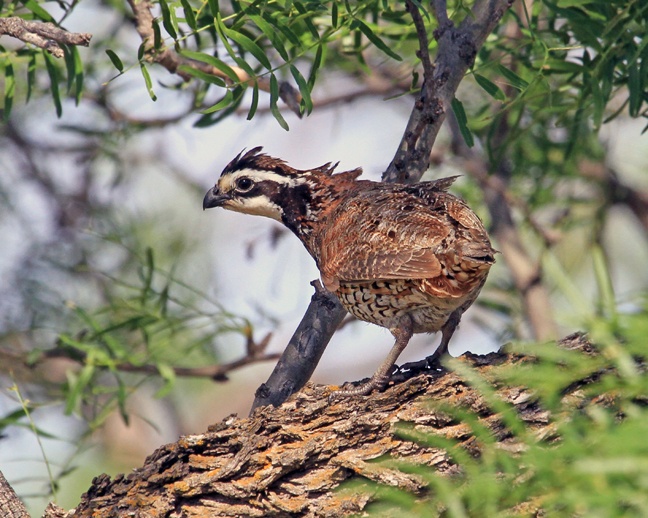We have much more to do and your continued support is needed now more than ever.
It’s Baby Bird Season
 I was reminded this week that we are in the thick of baby bird season. I was heading out to run some errands a few nights ago and as I was getting into my car I spotted movement across the street. It was a cat, stalking something. Suddenly, I became aware of a robin calling frantically from the tree above—not something you normally hear once the sun goes down. Sure enough the cat was stalking a fledgling robin. I was able to scare off the cat and put the fledgling in the cover of some dense shrubs under the parent bird’s tree.
I was reminded this week that we are in the thick of baby bird season. I was heading out to run some errands a few nights ago and as I was getting into my car I spotted movement across the street. It was a cat, stalking something. Suddenly, I became aware of a robin calling frantically from the tree above—not something you normally hear once the sun goes down. Sure enough the cat was stalking a fledgling robin. I was able to scare off the cat and put the fledgling in the cover of some dense shrubs under the parent bird’s tree.
The next afternoon, I found another fledgling robin on the ground, this time in my own backyard. Given that my two dogs roam the yard, I thought it best to move the young bird over the fence into the brush. The minute I picked it up, both parents, who were clearly watching over their baby from the cover of the trees, began shrieking and dive-bombing me. Luckily I only had to move the fledgling about 20 feet or I might have been nailed in the head by one of these panicky parents!
Fledglings are birds that are old enough to leave the nest, but can’t fly yet. Parent birds keep a close eye on their fledgling young, feeding them and, as I learned, protecting them from danger. I intervened in both of these cases only because the young robins were in immediate danger from domestic animals. Our pets are not part of the natural ecosystem and, collectively, they kill a lot of wildlife.
Had my dogs or the neighbor’s cat not been around, I would have left the robins on the ground where they were. While it’s a dangerous time for young birds, the fledgling period is part of their natural life cycle.
Check out our new Gardening for Wildlife website for ideas on helping wildlife right where you live.
And speaking of parent birds on the attack, check out my recent appearance on Fox News’ “America’s Newsroom” about mockingbirds. New research is showing that they are a lot smarter than we thought!























